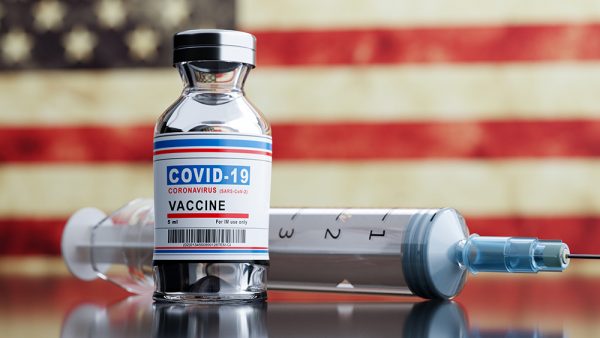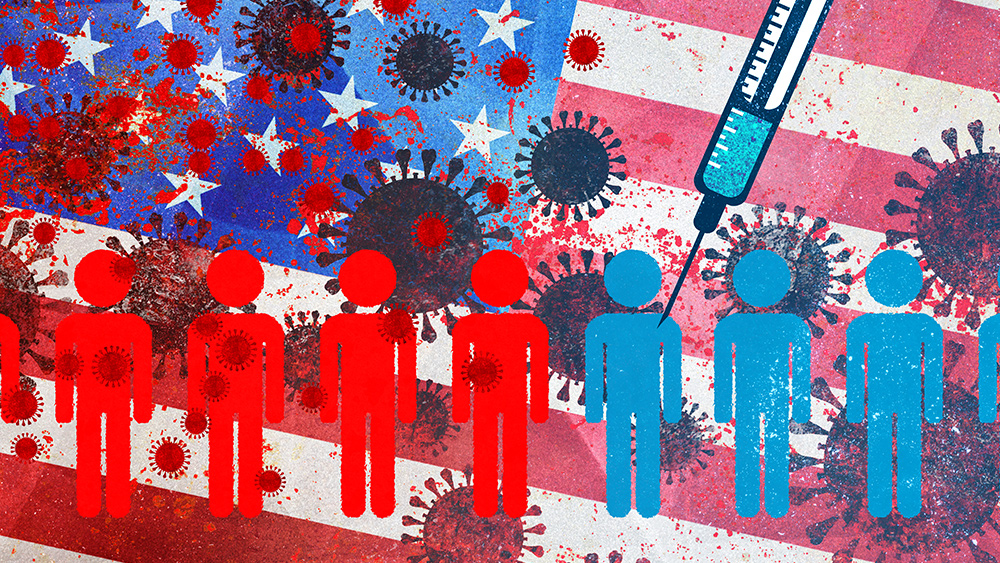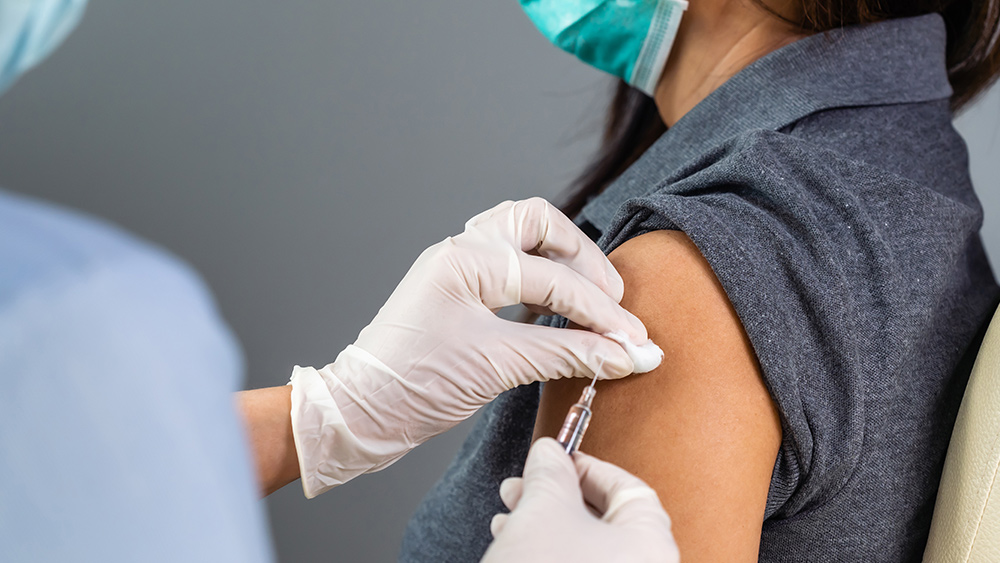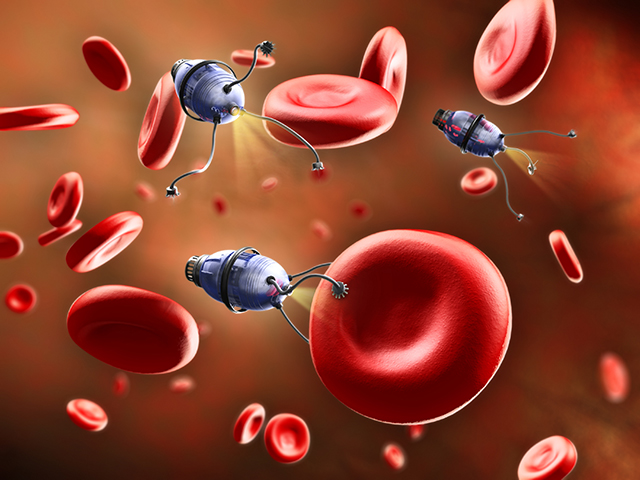Russia developing its first DNA printer to synthesize short DNA fragments
By isabelle // 2021-07-05
Tweet
Share
Copy

Scientists in Siberia are working on a project to develop Russia's first DNA printer, with a prototype expected in 2024.
The National Research Tomsk State University announced the groundbreaking initiative. The Russian developers are aiming to create a printer that can synthesize short DNA fragments, or oligonucleotides, and then assemble them into longer strands to be used for purposes like gene therapy.
This marks a departure from the commonly used method of printing longer DNA sequences.
The artificially created DNA can be used to come up with new approaches in medicine and gene therapy. Scientists also say they plan to use DNA synthesis to help create new agrobiotechnologies that can help to ensure Russia's food security.
In their announcement, they said that it is critical for their country to have its own high-performance DNA printing systems given the limited number of such systems in the world and the fact that they are not sold on the market. They identified the United States and China as current leaders in this area.
This type of printer could be used in fields such as pharmaceuticals, medicine, the chemical industry and agriculture. The Tomsk State University researchers are being joined by professionals from the Institute of Chemical Biology and Fundamental Medicine of the Russian Academy of Sciences as well as the Tomsk State University of Control Systems And Radioelectronics.
Tomsk State University Adviser to the Presidentship Alexey Sazonov said that it is "critically important for the Russian Federation to have its own facility for high-throughput DNA printing, because it opens up enormous opportunities for solving the most complex problems of genetic technology and technological breakthrough of the Russian Federation.”
DNA printing could pose a threat to humanity
DNA synthesis is already being used to drive innovations in biology around the world. Scientists who need certain DNA sequences for purposes such as creating new bacteria for research can simply order the DNA sequence from a lab and get to work. And although this can advance lots of important biological research, there is a lot to be concerned about. As DNA synthesis becomes more affordable, its use is expanding dramatically and there hasn’t been much time to put measures in place to prevent all this from going very wrong. As it is, a private individual can already send DNA sequences they wish to synthesize to a lab, which will then print it out and send it to them. While many leading labs do check DNA sequences that people order against a list of known hazardous sequences, not everyone plays by the rules, and there is little stopping someone from getting a print of the genetic code for new diseases that could be dangerous – or even old ones that have caused problems in the past. Stopping this type of behavior is something that would require large-scale global coordination. Although DNA can be beneficial for research, such as by allowing the development of a life-saving drug to go a lot faster, it could just as easily be used for research on something that could be deadly for humankind. Finding ways to make DNA synthesis cheaper and faster for its beneficial uses while ensuring potential hazards are avoided is a tall order. Most countries do not have guidelines in place governing how this is done. Moreover, existing guidelines don’t cover short sequences at all, which is what the Russian researchers are working on. Like many scientific advancements in recent years, there is a lot to be skeptical about here. How can anyone be certain that the DNA fragments synthesized on these printers won’t be used for nefarious purposes? Sources for this article include: SputnikNews.com Vox.comTweet
Share
Copy
Tagged Under:
Russia biological weapons DNA bioweapons breakthrough nanoparticles badmedicine spike protein biowar DNA synthesis DNA printing
You Might Also Like
Health freedom being “savagely” attacked, warns Dr. Weeks
By News Editors // Share
YOU MUST OBEY: US district judge upholds Indiana University’s mandatory vaccine policy
By Mary Villareal // Share
Recent News
The silent alarm: Why hand numbness demands your attention
By willowt // Share
Hunter Biden DISBARRED in Connecticut over firearm and tax convictions
By ramontomeydw // Share
Israel announces plan to demolish residential buildings in West Bank's Nur Shams camp
By kevinhughes // Share
Microscopic robotics: Tiny machines now sense, think and act autonomously
By patricklewis // Share











